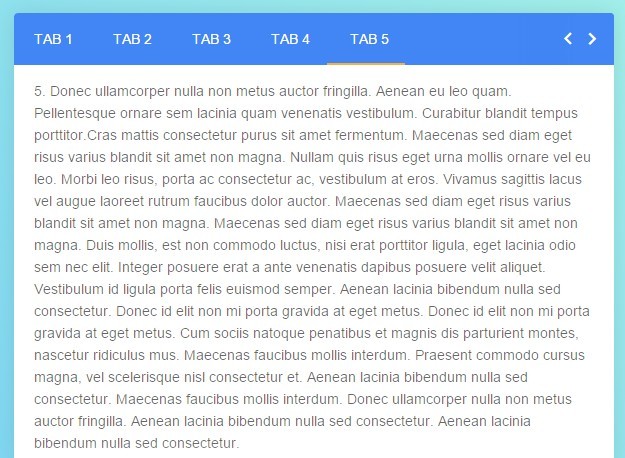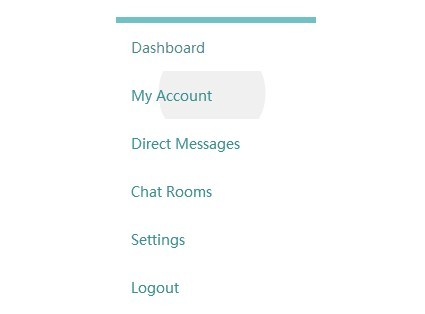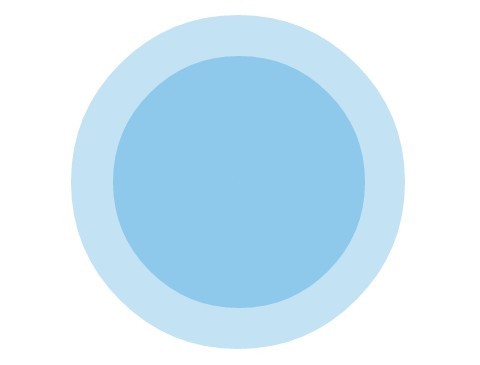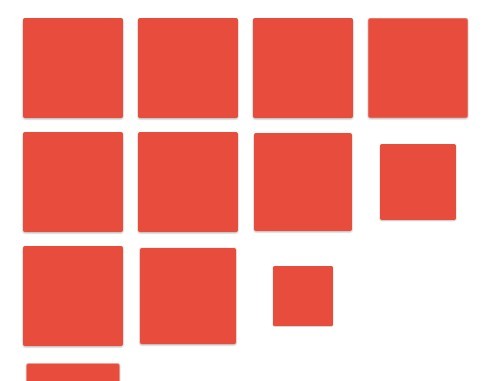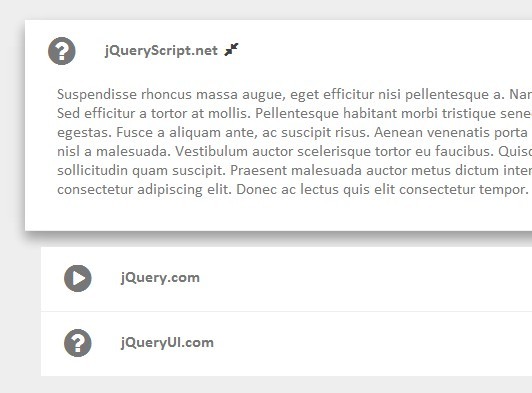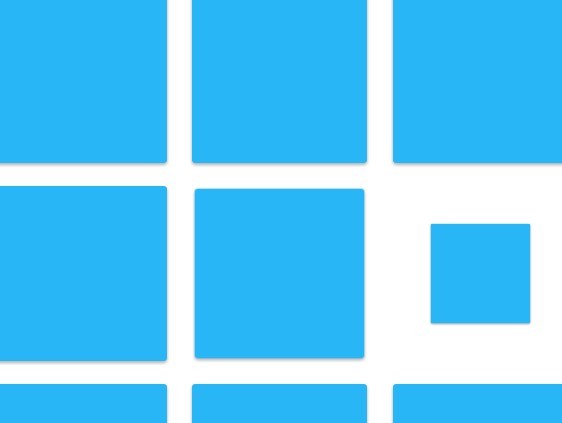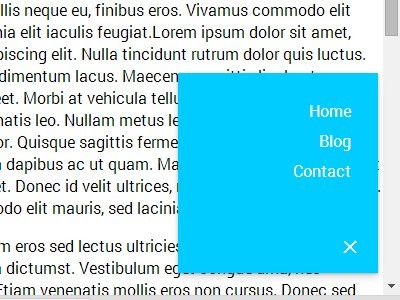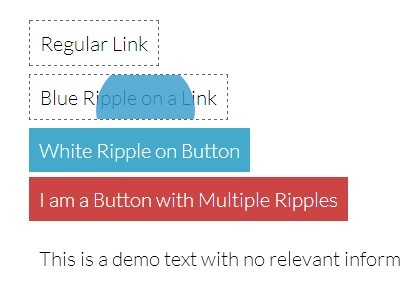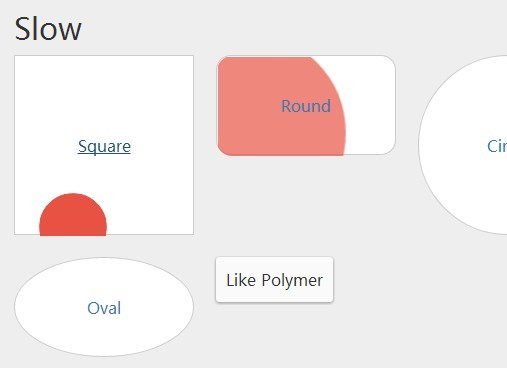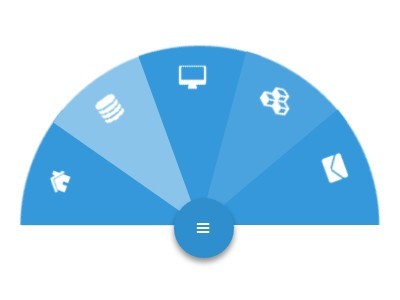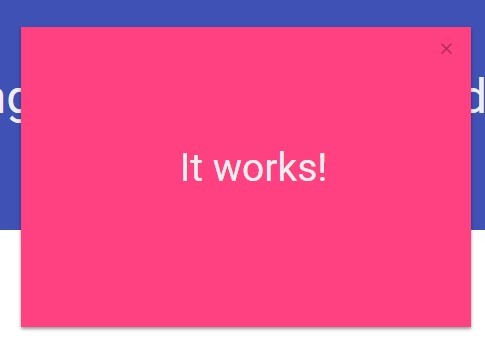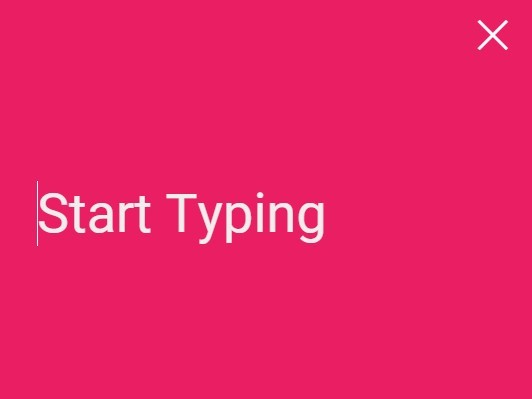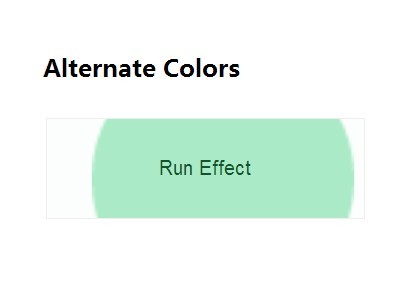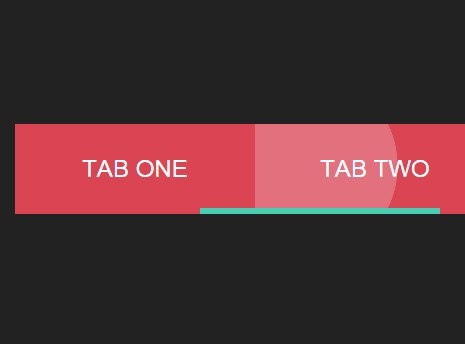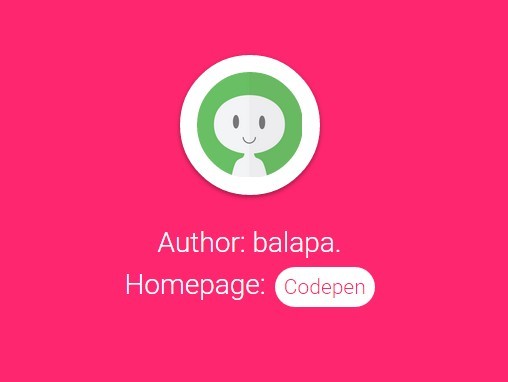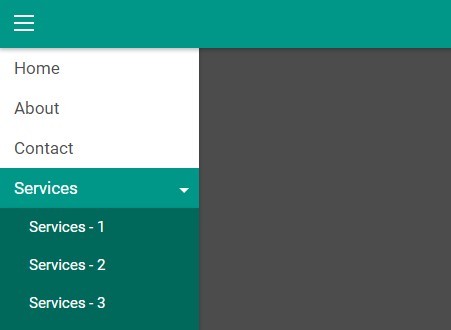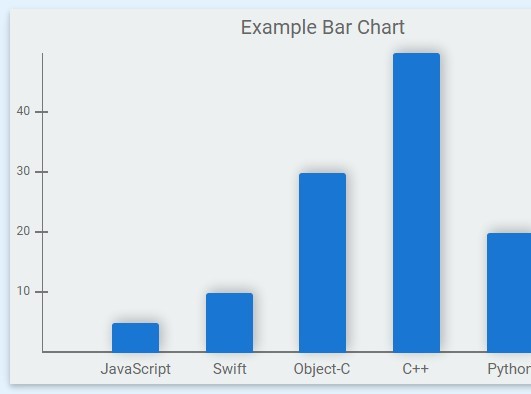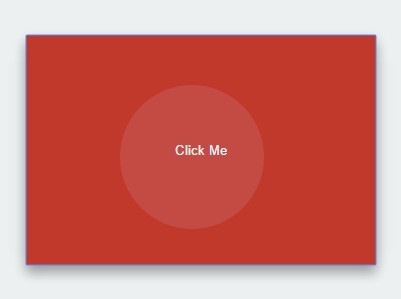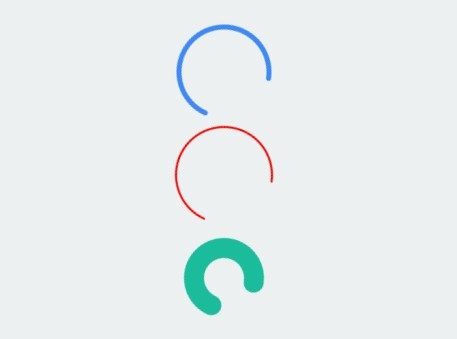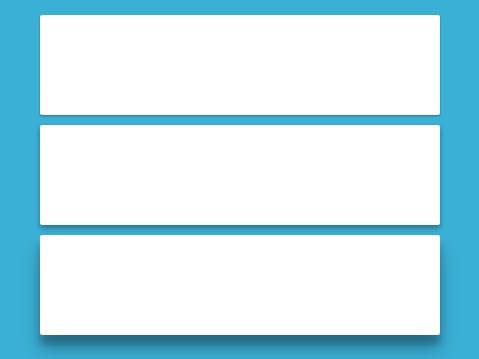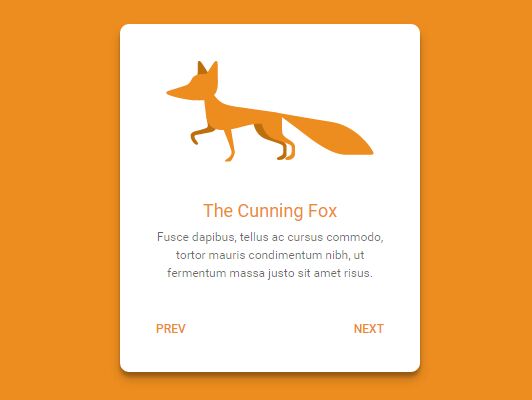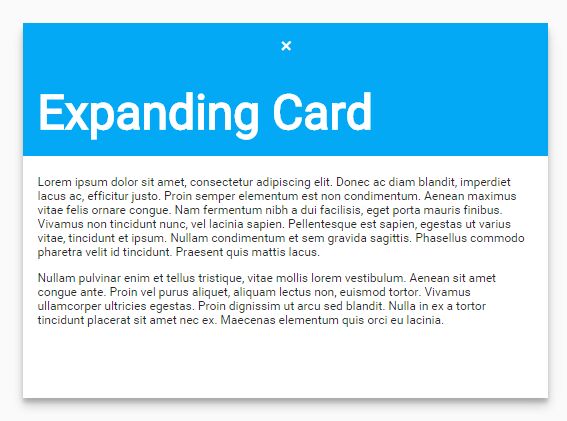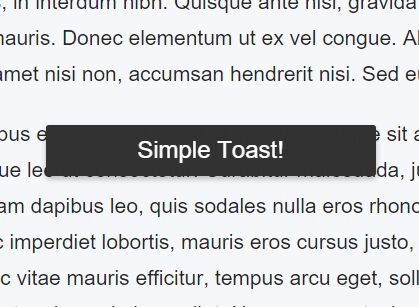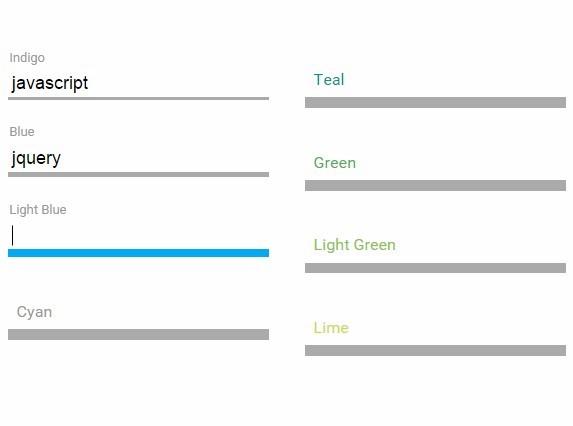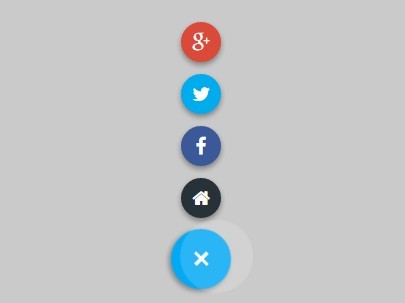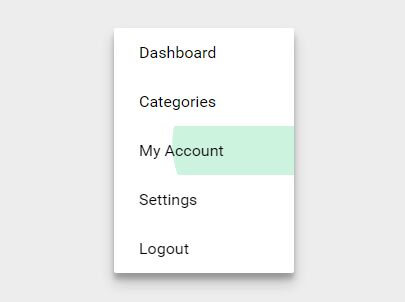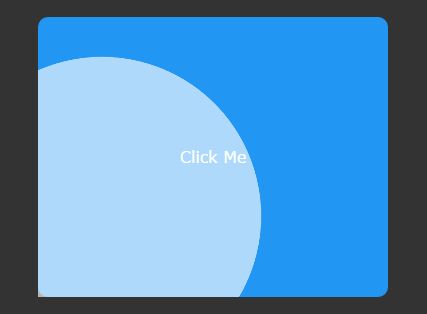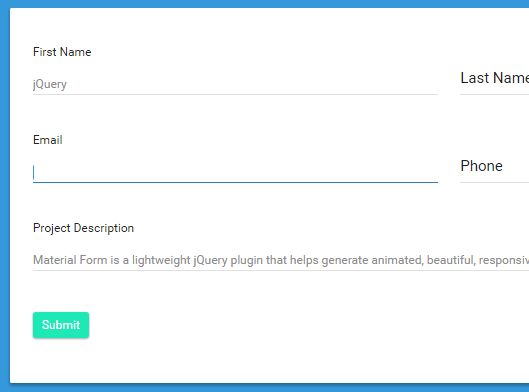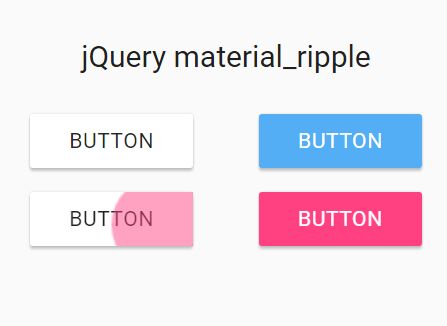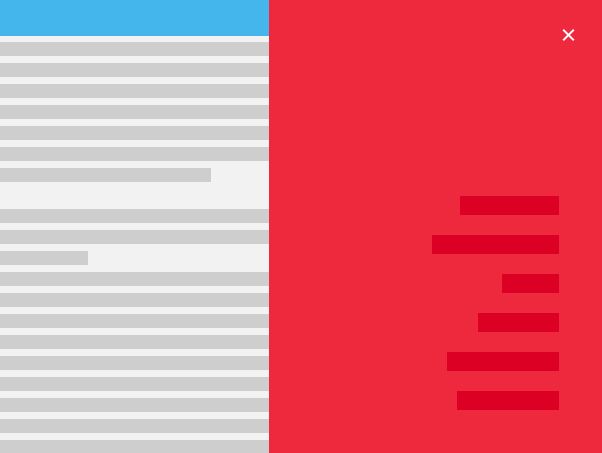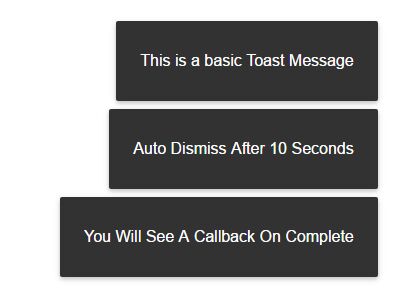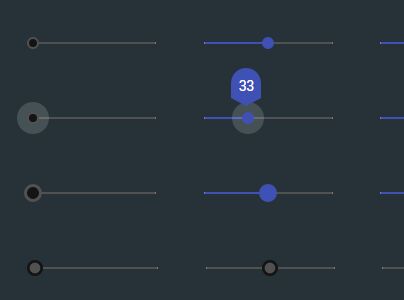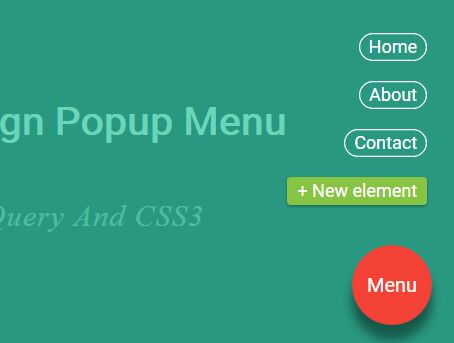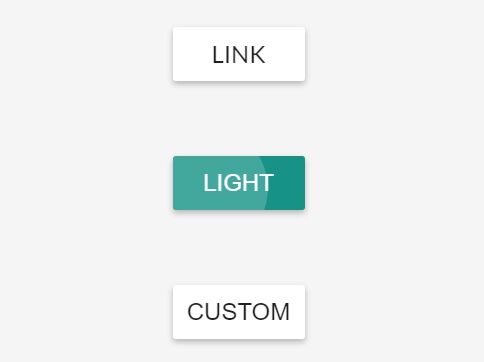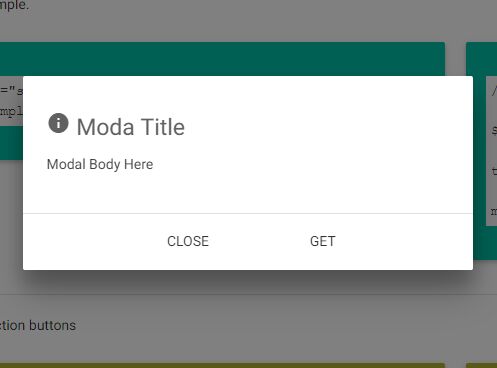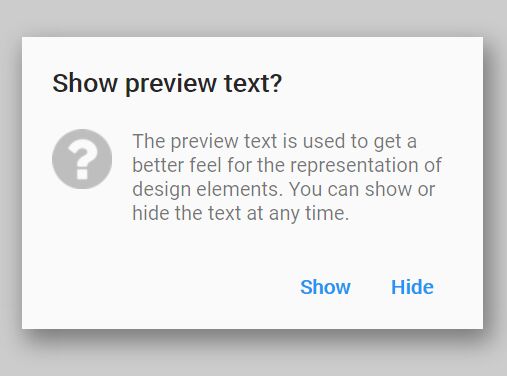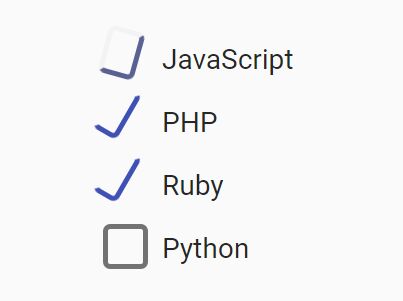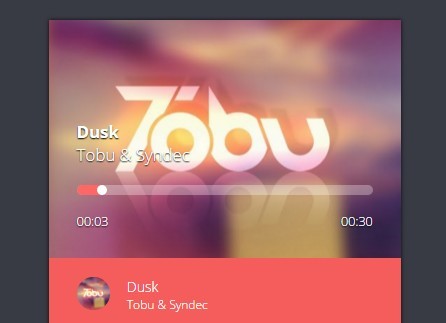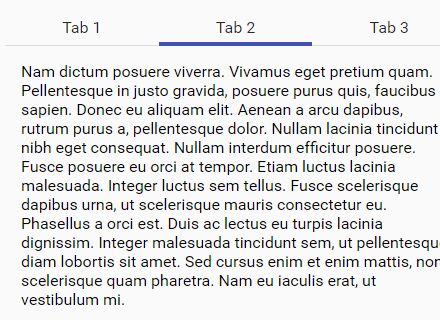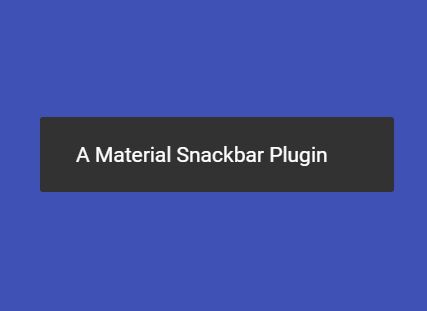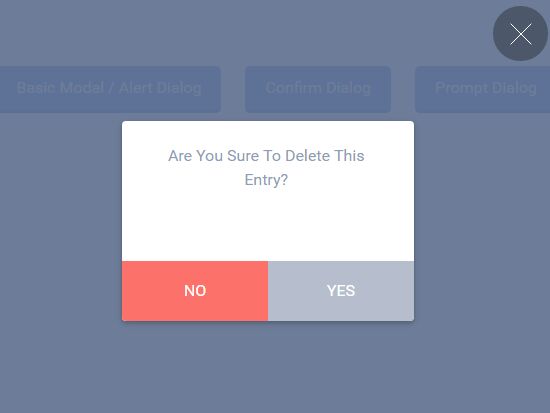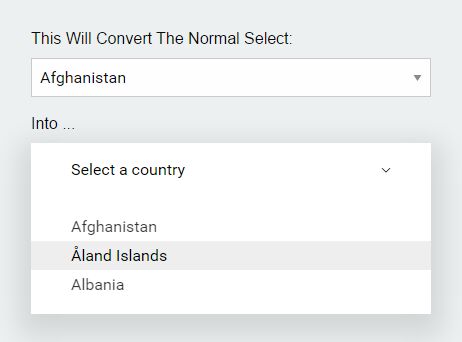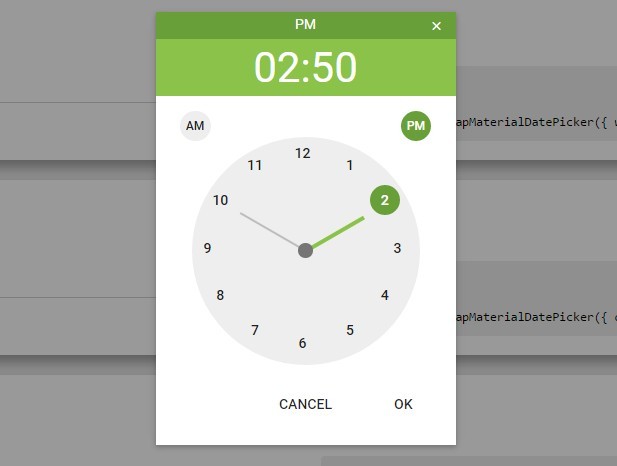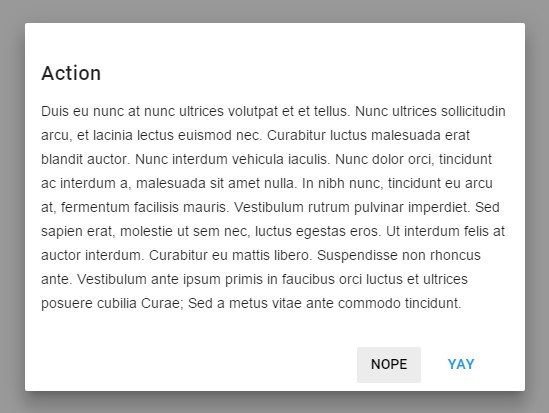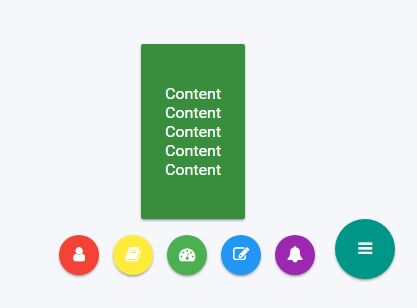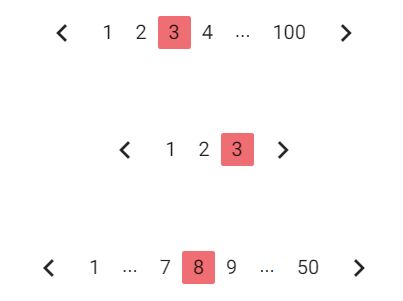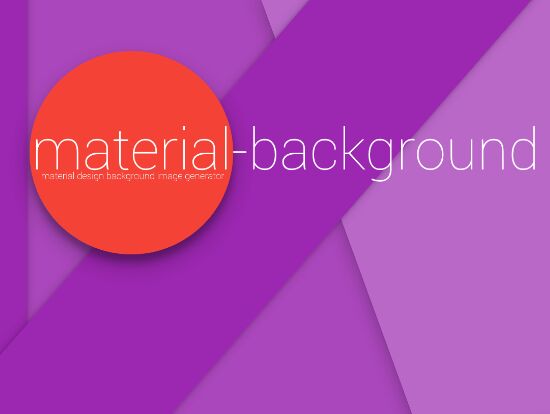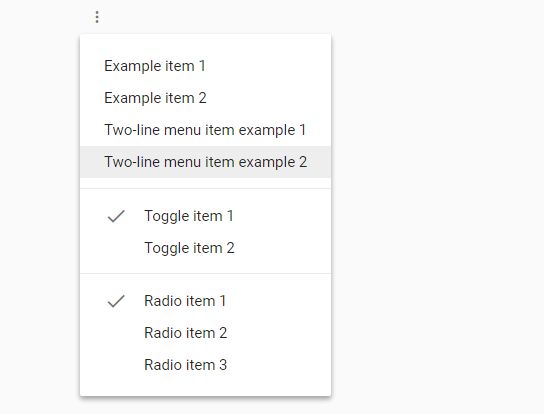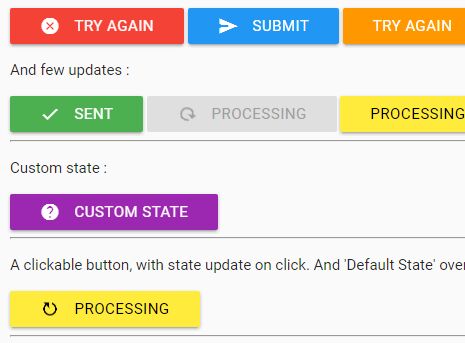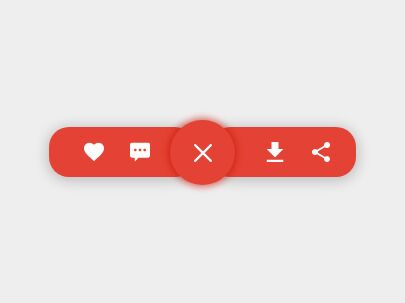Tabs Modal
 This is a material inspired tabs modal that gives the user a smooth transistion between each panel. The navigation features the iconic Material Design Ripple effect, along with a border that slides around to give the user a hint of which tab is active.
This is a material inspired tabs modal that gives the user a smooth transistion between each panel. The navigation features the iconic Material Design Ripple effect, along with a border that slides around to give the user a hint of which tab is active.
Requirements
Step 1: Installing Node.js
The first step is getting NodeJS installed. If you already have it installed go ahead and skip to step #2.
- Head over to
https://nodejs.org/en/and install the latest version of Node.js - Now that it's installed, run
node -vto verify that you have the latest version installed. - Head over to step #2.
Step 2: Installing GruntJS
The next step is setting up GruntJS locally. If you already have it installed go ahead and skip to step #3.
- Now that you have Node installed, let's install GruntJS by running the following command:
npm install -g grunt-cli. - Head over to step #3.
Step 3: Installing Git
After installing Node and Grunt, you can now install Git. If you already have it installed go ahead and skip to step #4.
- Go to
https://git-scm.com/book/en/v2/Getting-Started-Installing-Gitand follow the to installing git for the correct machine. - Head over to step #4.
Step 4: Cloning Repo
- With everything installed, you can now clone the repo using the following command:
git clone [email protected]:andyhqtran/UI-Library.git. - Now with the repo cloned, you can navigate to it using the following command:
cd UI-Library/Tabs. - Head over to step #5.
Step 5: Installing Packages
- From current directory, install node packages with the following command:
npm install. - Head over to step #6.
Step 6: Running Grunt
- From the current directory, run the following command:
grunt build. This will compile the Jade and Scss files. - Once everything is compiled, you can run the local server with the following command:
grunt. - With grunt running, you can head over to
localhost:3000to view thetabs modal.
